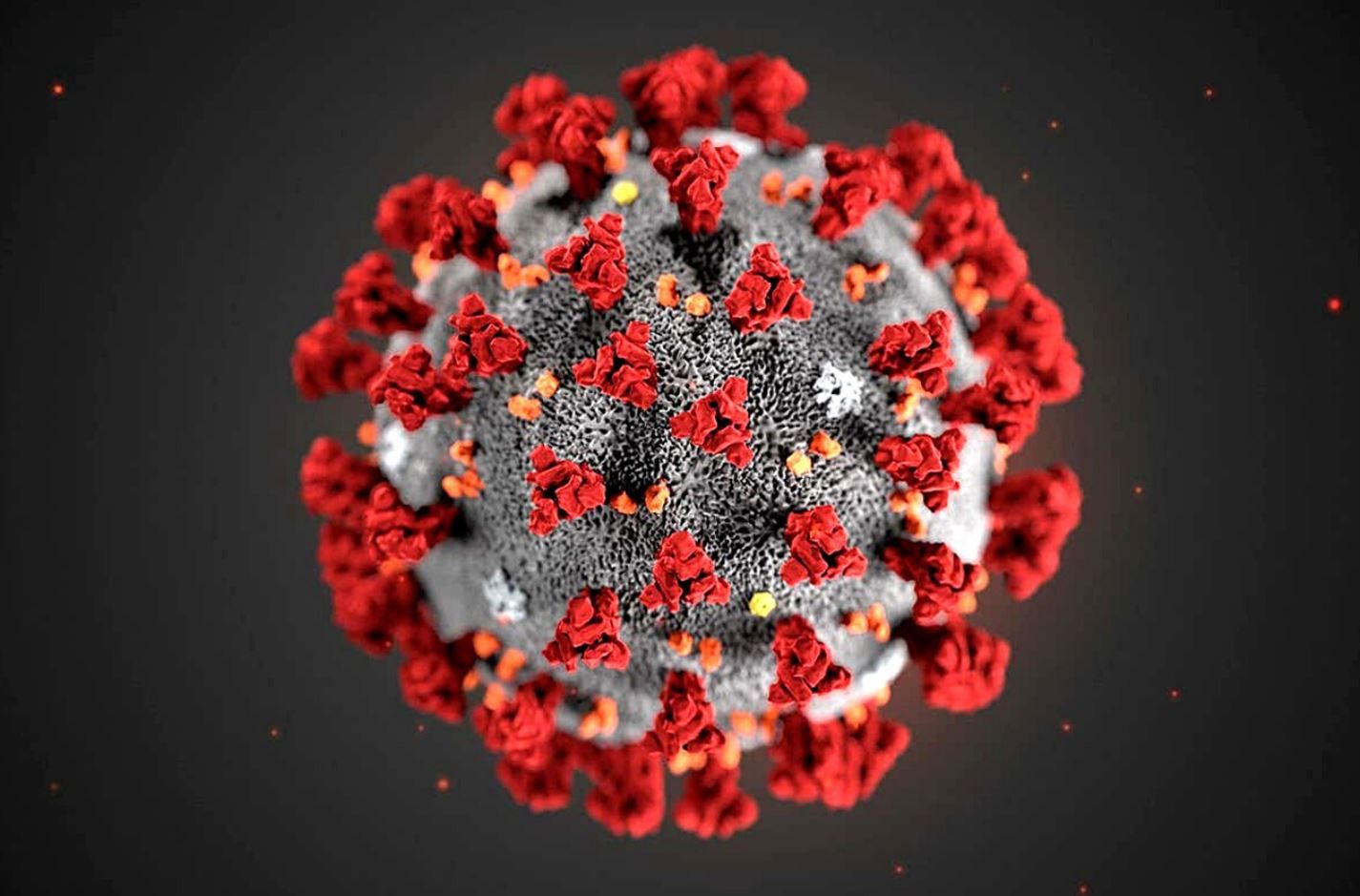The health minister, Magnus Heunicke, is delighted that the number of daily new infections is stable again.
The minister yesterday confirmed that the R (reproduction number) rate has dropped to 1.0 after an abrupt increase to 1.5 on August 6 due to local outbreaks in Aarhus and Ringsted.
READ MORE: Phase 4 agreement: Six-day requirement relaxed, but nightclubs to remain closed
‘Contact number’
The R rate refers to how many other people an infected person infects.
Therefore, it is a crucial index for Statens Serum Institut to assess the current status of the coronavirus.
Bars and restaurants stay open until 2 am from today
In line with the Phase 4 reopening, bars and restaurants can stay open until 02:00 from today. No new guests can be permitted entry after 23:00, so doormen are currently in high demand, DR reports. To abide by the rule, bar owners are considering different entry criteria, such as a stamp or bracelets to recognise those who arrived before 23:00. However the new rules are not applied to some regions – bars and restaurants in Aarhus and Silkeborg must close no later than midnight.
Number of infected ethnic minorities decreasing
While the number of infections has decreased among ethnic minorities, from 623 to 547, the figure has leapt among white Danes, rising from 267 to 333, TV2 reports. According to the latest figures and risk assessment from the Statens Serum Institut, 62 percent of the 880 people currently infected have an ethnic origin other than Danish – a decrease of 8 percent from last week.
Experts urge for national strategy for immigrant communities
Several experts believe a national strategy should be developed in order to contain the spread of coronavirus among immigrant communities, DR reports. Professor Morten Sodemann from Odense University Hospital told DR that a ‘central control’ is needed when it comes to epidemics. Statens Serum Institute has previously stated that intensified efforts to prevent infections among ethnic minorities are needed.
New sports habit during lockdown
A new Idraettens Analyseinstitut study reveals that 38 percent of those active in sports stopped exercising during the coronavirus lockdown. However the survey also revealed that 10 percent of previously inactive people started exercising. As most facilities were closed, sports-related digital mediums became popular – especially among adults aged 18-40.









